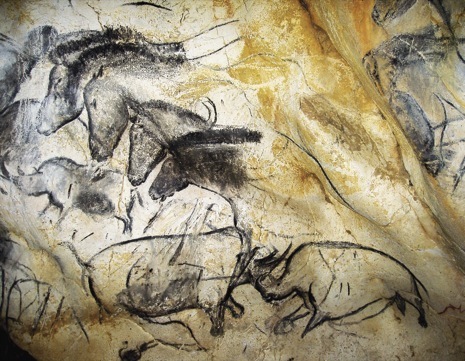![]()
Watching Avatar in Imax 3-D was very instructive. For about the first two hours I was in a state of childlike wonder. I thought, “This is what it must have been like when the first cave paintings were shown to the first unsuspecting viewers.”

I bought everything up to that point — the dialogue, which was pretty good, the story, which was pretty good, the imagined new world and its imagery, which were enchanting, often sublime.
And then the story went to hell and I started looking at my watch and wondering how much more of this “experience” I had to endure. All my goodwill and excitement were leached away by the clumsy and trivial evocations of new-age spirituality, by the kick-ass, over-the-top battle scenes in which the noble insurgents became indistinguishable from their corporate oppressors.
Every lesson Cameron might have learned from Seven Samurai about how to stage an epic battle between asymmetrical forces was conspicuously ignored. The character of each side in the battle was blurred in an orgy of swarming CGI “elements”, an attempt to overwhelm the eye instead of dazzle the imagination, rouse the spirit.
![]()
Cameron became just another Hollywood hack, hauling out the usual action formulas based on the principle of the roller-coaster.
The result was paradoxical. A critique of the corporate mentality became an example of it. What might have been a modern myth became just one more exercise in marketing.
When a storyteller loses the thread of his tale, no amount of pandering to the senses can fill up the vacuum that results. I can honestly say that I walked out of Avatar heartbroken. I had seen the future of filmmaking, and I had seen the future of filmmaking betrayed, all in the space of two hours and forty-two minutes.
